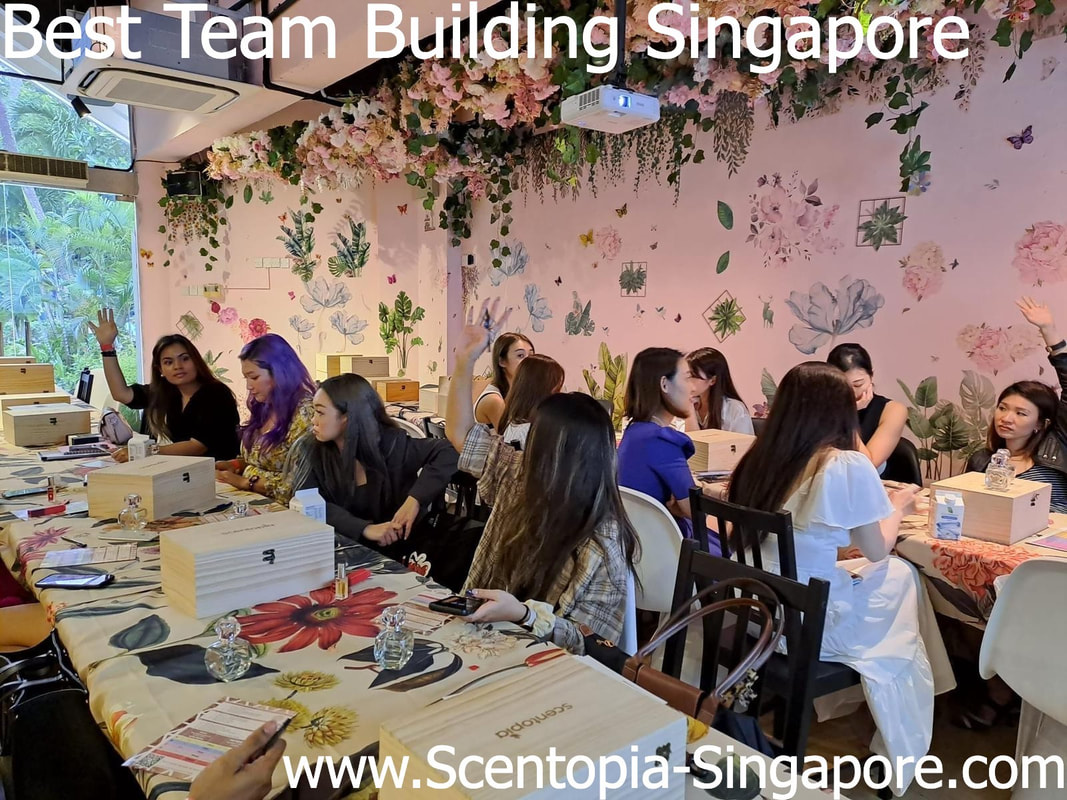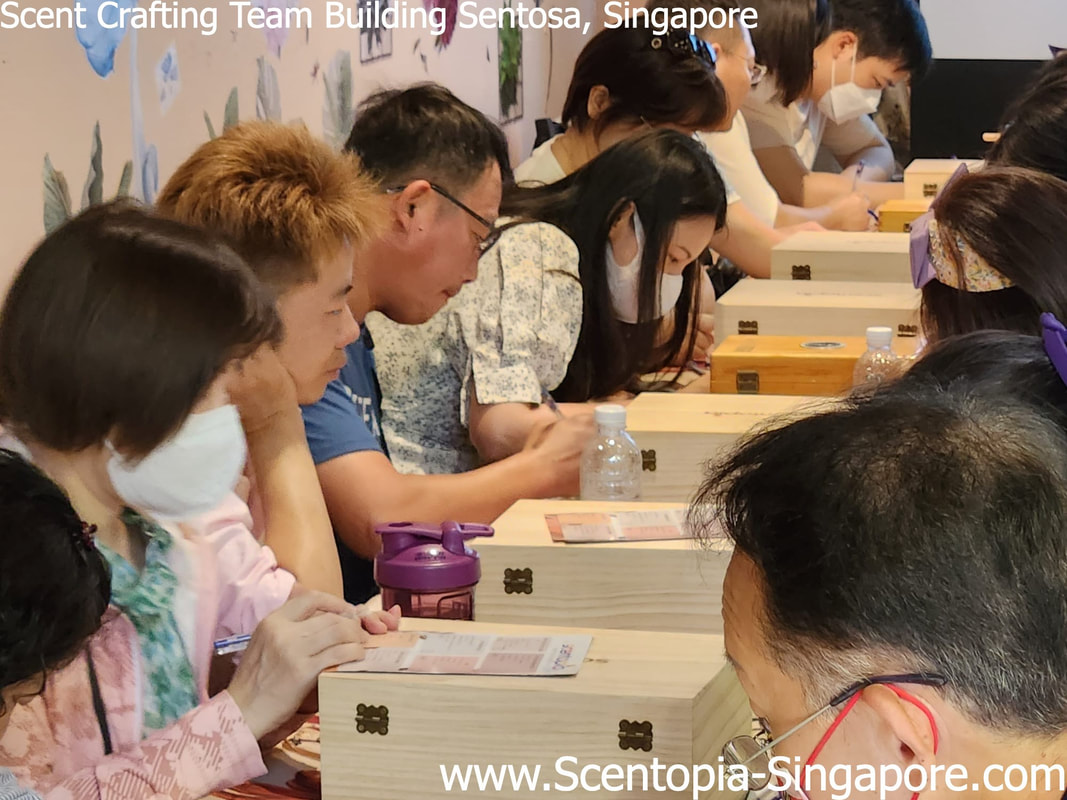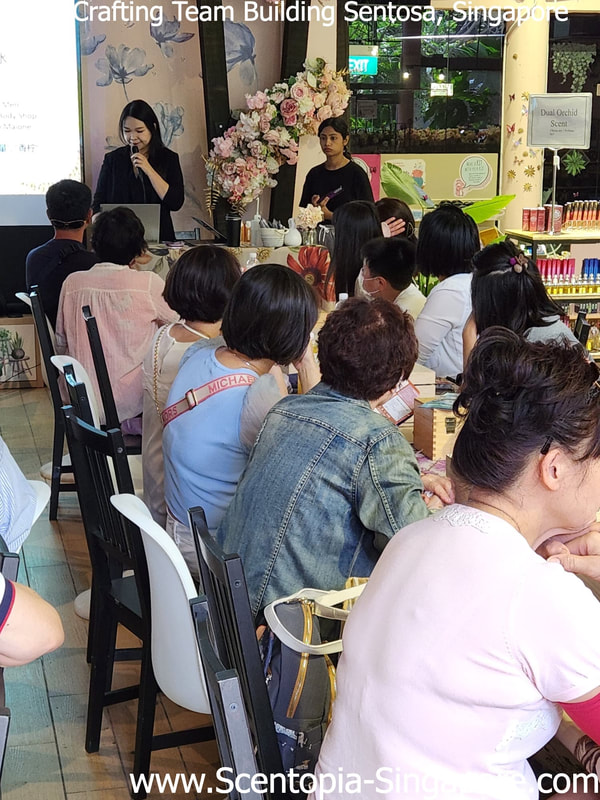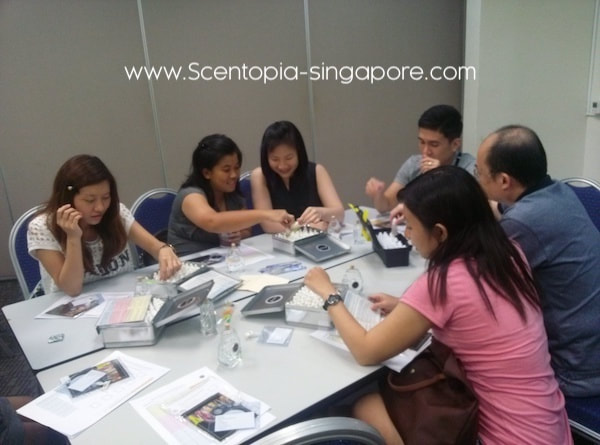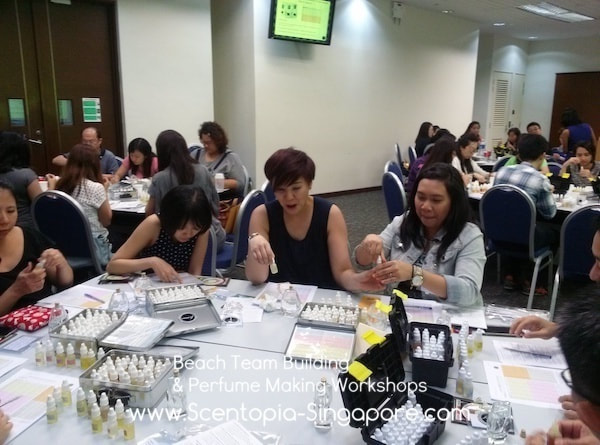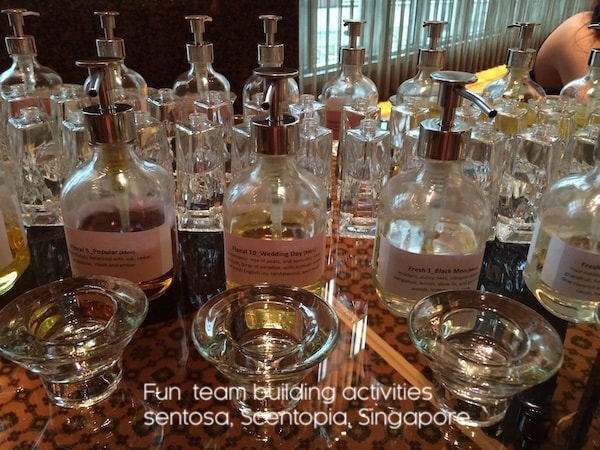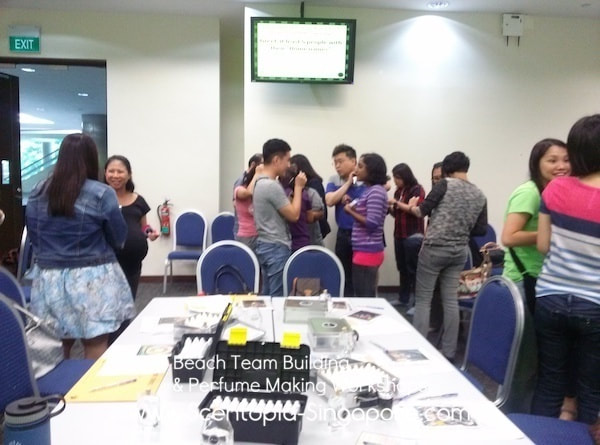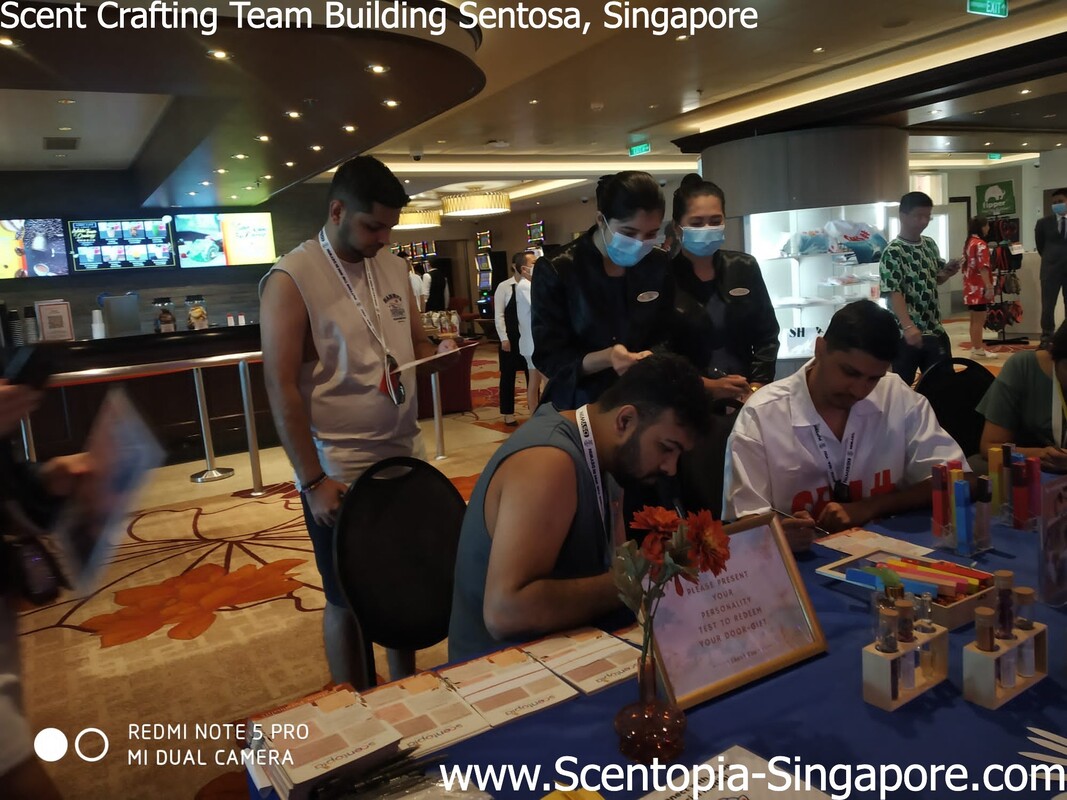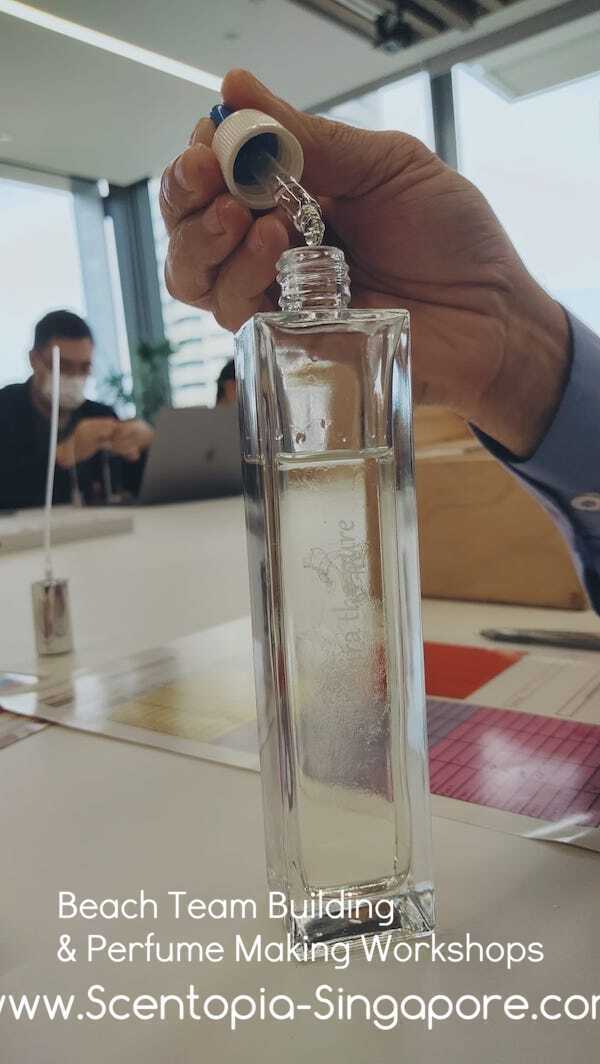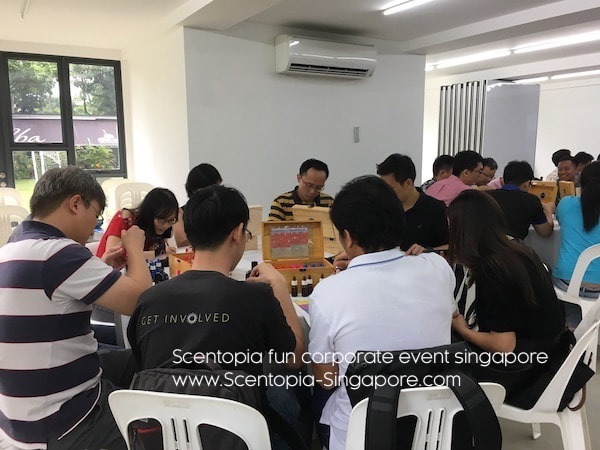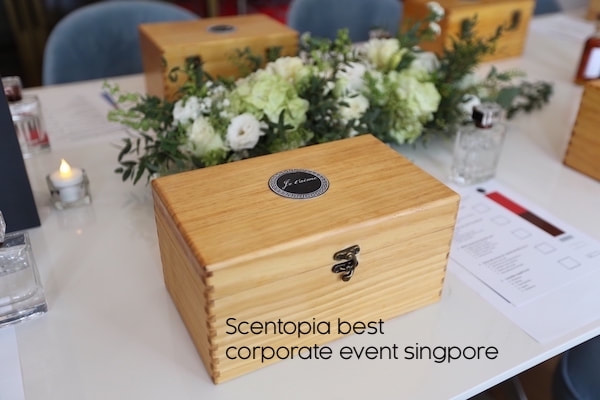11 Best Employee Engagement Ideas That Get Results
17 April 2023
11 Best Employee Engagement Ideas for Improved Results
In the dynamic landscape of modern business, the concept of employee engagement has evolved into a paramount factor in organizational success. The retention of top talent is not solely dependent on competitive salaries and benefits; it hinges on fostering a work environment that resonates with the workforce's aspirations, values, and aspirations. To achieve this, it is imperative for companies to go beyond rhetoric and actively cultivate a robust corporate culture that genuinely engages employees. Here are some essential ways to achieve just that:
1. Cultivate a Strong Sense of Purpose: Employees want to feel that their work contributes to a larger purpose. By clearly communicating the company's mission, values, and goals, employees can understand the meaningful impact of their contributions. Connecting their daily tasks to a greater cause instills a sense of pride and purpose, boosting engagement.
2. Open and Transparent Communication: Keeping employees engaged involves keeping them informed. Regular communication about company updates, decisions, and progress empowers employees and makes them feel involved in the company's journey. Encourage open dialogue, solicit feedback, and actively address concerns to build a culture of transparency.
3. Opportunities for Growth and Development: Employees are more likely to be engaged when they see a clear path for advancement and skill enhancement. Providing training, mentoring, and opportunities for career growth not only enhances their skills but also demonstrates the company's commitment to their professional journey.
4. Recognize and Reward Contributions: Acknowledging and appreciating employee efforts can significantly boost morale and engagement. Regularly recognizing achievements, whether big or small, through public praise, rewards, or advancement opportunities, creates a sense of value and motivates employees to excel.
5. Flexible Work Environment: Acknowledging the importance of work-life balance, offering flexible work arrangements, remote work options, or flexible hours can show that the company respects and trusts its employees. This approach leads to increased job satisfaction and a healthier work-life integration.
6. Empower Decision-Making: Empowering employees with autonomy and involving them in decision-making processes fosters a sense of ownership and involvement. When employees have a say in the direction of the company, they are more likely to be engaged in their roles.
7. Foster a Collaborative Culture: Encourage teamwork and collaboration by creating spaces for cross-functional interaction and idea sharing. When employees feel connected to their peers and have the opportunity to collaborate, they tend to be more engaged and innovative.
8. Wellness Initiatives: Prioritizing employee well-being through wellness programs, mental health support, and stress management resources reflects a company's concern for its employees' holistic health. A physically and mentally healthy workforce is more likely to be engaged and productive.
9. Continuous Feedback and Performance Management: Regular performance feedback helps employees understand their strengths and areas for improvement. Implementing a robust performance management system that encourages ongoing conversations about goals and development ensures that employees feel supported and invested in.
10. Lead by Example: Leadership plays a pivotal role in shaping organizational culture. When leaders exhibit enthusiasm, transparency, and dedication, it sets a tone for the entire company. Leaders who are genuinely engaged and committed inspire employees to follow suit.
Employee engagement is not a mere buzzword but a crucial factor in retaining top talent and driving organizational success. By fostering a strong corporate culture that aligns with employees' values and aspirations, companies can create an environment where employees are not just content but enthusiastic contributors. The methods discussed above, when implemented cohesively, create a holistic approach to employee engagement that goes beyond mere words and transforms into actionable strategies that resonate positively throughout the organization.
